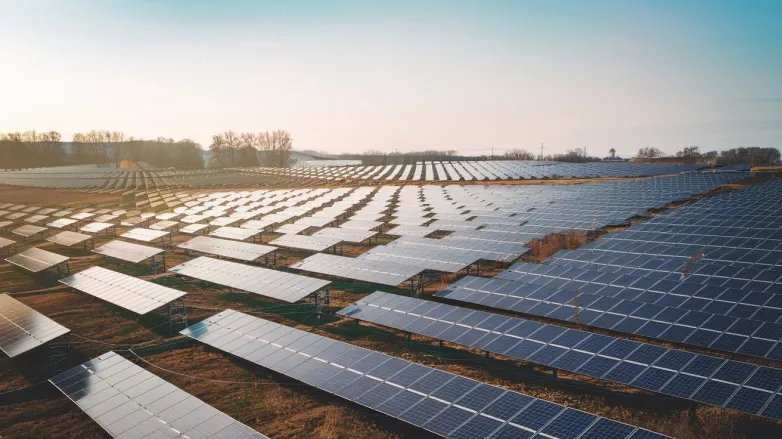JAPEX breaks ground on Hokkaido grid-scale battery storage project today
- JAPEX started construction on a high-voltage grid-scale battery in Hokkaido, adding fast, flexible capacity to balance rising wind and solar on the island.

JAPEX has begun building a grid-scale battery energy storage system in Hokkaido, a high-voltage project designed to stabilise an island grid that is adding wind and solar at pace. The system will charge when renewable output is abundant and prices are low, then discharge into evening peaks—reducing curtailment and dampening price spikes—while providing sub-second frequency and voltage support.
Engineering will centre on containerised lithium-ion units with sectionalised fire-safety systems, robust thermal management for Hokkaido’s winter extremes, and grid-forming inverters that supply synthetic inertia and black-start capabilities. A dedicated SCADA layer will coordinate control modes—energy shifting, fast frequency response, and voltage regulation—with the transmission operator’s dispatch signals, meeting Japan’s stringent grid-code requirements.
Siting at an extra-high-voltage node keeps losses down and permits staged commissioning: individual blocks can be tested and brought into service as installation progresses, delivering early system benefits. Co-location potential with future renewables remains a strategic option; even as a standalone, the battery will unlock more value from existing PV and wind by smoothing output and reducing the need to curtail during congestion events.
From a planning standpoint, JAPEX is applying the now-standard toolkit: acoustic screens, setback buffers, landscaping to soften visual impact, and detailed emergency response plans developed with local authorities and fire services. Cable routing, drainage, and snow-access design are tailored to northern conditions to ensure year-round maintainability and safety.
Commercially, stacked revenues—energy arbitrage, capacity value, and ancillary services—make the business case more resilient, while standardised equipment and fleet-wide service contracts should hold lifetime costs in check. As Japan’s flexibility markets evolve, the system can be re-tuned through software without major hardware changes, extending its useful role.
Breaking ground in Hokkaido is both practical and symbolic: a legacy hydrocarbons name delivering the kind of fast, controllable capacity that lets variable renewables scale. When the battery enters operation, it will provide the precision tool a modern grid needs—absorbing excess at noon, supporting stability in seconds, and delivering power exactly when the island needs it most.
Also read

